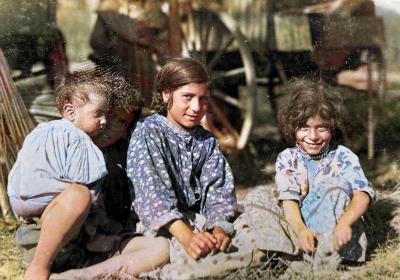How does the quality of natural light change on Mallorca throughout the different seasons?
Similar Topics
mallorca natural light
mediterranean climate light
spring sunlight mallorca
summer sunlight intensity
autumn light mallorca
winter light quality
seasonal light changes
mallorca outdoor lighting
The quality of natural light on Mallorca varies noticeably through the seasons, shaped by its Mediterranean climate and geographic location. In spring, the island enjoys soft, clear sunlight that bathes the landscape in a warm, golden hue. The days lengthen, and the sun sits higher in the sky compared to winter, providing a gentle radiance that enhances the vibrant greens of blossoming flora and the deep blues of the Mediterranean Sea. The light during this season is often praised for its freshness and clarity, making mornings and late afternoons particularly picturesque and inviting for outdoor activities.
As summer approaches, the sunlight on Mallorca becomes stronger and more intense, with longer daylight hours and a higher solar angle. The quality of light shifts to a brighter, more direct intensity that accentuates the island’s rugged coastline and sparkling waters. During peak summer months, the light can appear almost dazzling, with a clear, piercing blue sky and minimal atmospheric haze. This strong, vibrant sunlight creates sharp contrasts and vivid colors, perfect for beachgoers and photographers seeking dramatic light conditions, though it also calls for protective measures against sun exposure.
In autumn, the light on Mallorca takes on a softer, almost mellow character once again, reminiscent of spring but with a warmer tone. The sun’s angle begins to lower, resulting in golden hours that stretch longer into the evening, painting the countryside in rich amber and ochre shades. The crisp, clear air contributes to a quality of light that is gentle and inviting, ideal for hiking and exploring the island’s scenic trails without the harshness of summer’s peak intensity.
Winter light on Mallorca is relatively mild compared to mainland Europe, given the island’s southern latitude. The sun remains low in the sky, casting long shadows and producing a cool, diffused light that lends a calm and serene atmosphere to the landscape. The brightness is gentler, and the skies are often clear, allowing for soft illumination that highlights the island’s subtle winter greens and rocky textures. Though shorter days mean less overall natural light, the quality is consistently clean and crisp, offering a peaceful ambiance that suits quiet walks and cultural visits during the cooler months.
As summer approaches, the sunlight on Mallorca becomes stronger and more intense, with longer daylight hours and a higher solar angle. The quality of light shifts to a brighter, more direct intensity that accentuates the island’s rugged coastline and sparkling waters. During peak summer months, the light can appear almost dazzling, with a clear, piercing blue sky and minimal atmospheric haze. This strong, vibrant sunlight creates sharp contrasts and vivid colors, perfect for beachgoers and photographers seeking dramatic light conditions, though it also calls for protective measures against sun exposure.
In autumn, the light on Mallorca takes on a softer, almost mellow character once again, reminiscent of spring but with a warmer tone. The sun’s angle begins to lower, resulting in golden hours that stretch longer into the evening, painting the countryside in rich amber and ochre shades. The crisp, clear air contributes to a quality of light that is gentle and inviting, ideal for hiking and exploring the island’s scenic trails without the harshness of summer’s peak intensity.
Winter light on Mallorca is relatively mild compared to mainland Europe, given the island’s southern latitude. The sun remains low in the sky, casting long shadows and producing a cool, diffused light that lends a calm and serene atmosphere to the landscape. The brightness is gentler, and the skies are often clear, allowing for soft illumination that highlights the island’s subtle winter greens and rocky textures. Though shorter days mean less overall natural light, the quality is consistently clean and crisp, offering a peaceful ambiance that suits quiet walks and cultural visits during the cooler months.
🧩 Related Questions
Related Question
In what ways has tourism contributed to women’s financial independence on the island?
Related Question
Can tourists learn about traditional Mallorcan crafts or agriculture during visits to these historical sites?
Related Question
How do local regulations in Mallorca encourage tourists and residents to conserve water?

